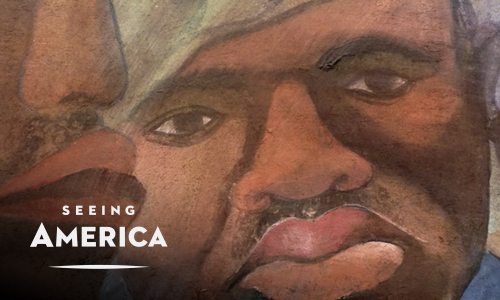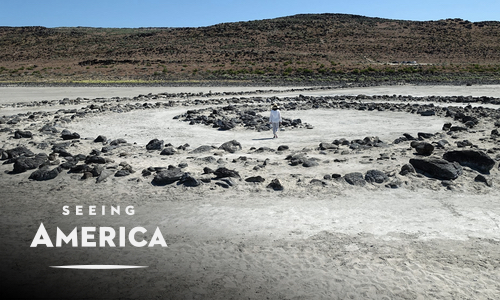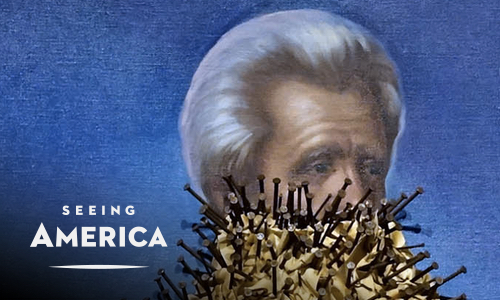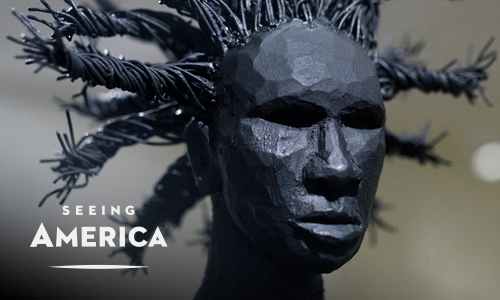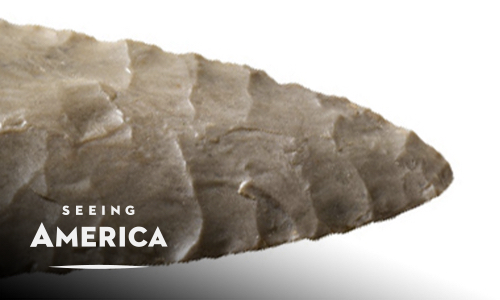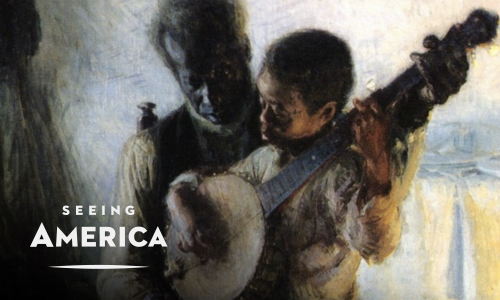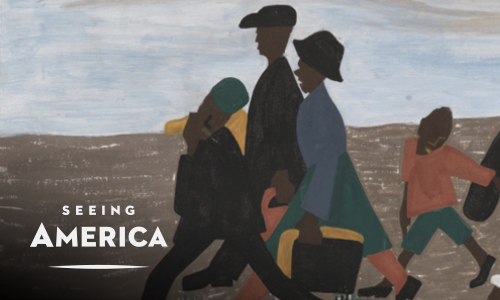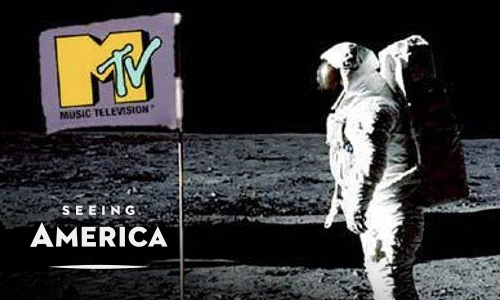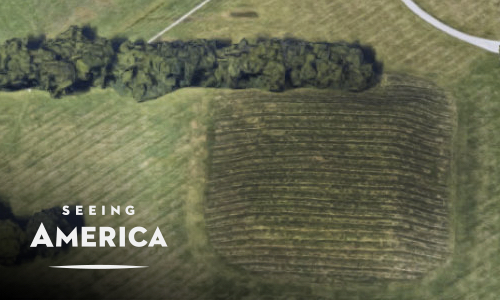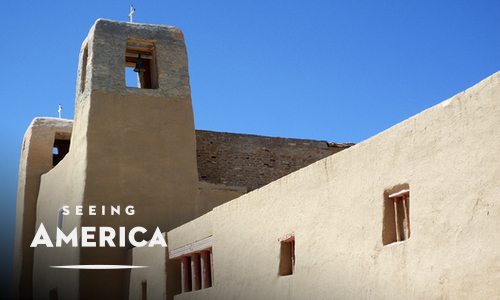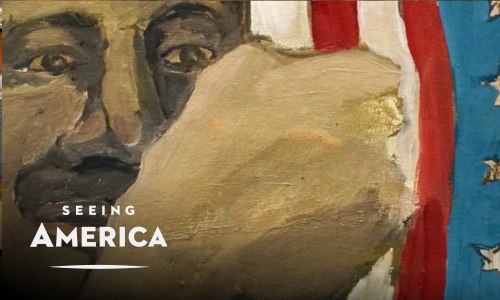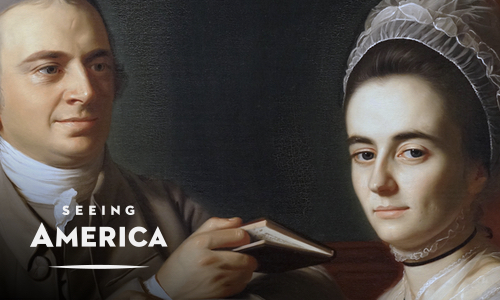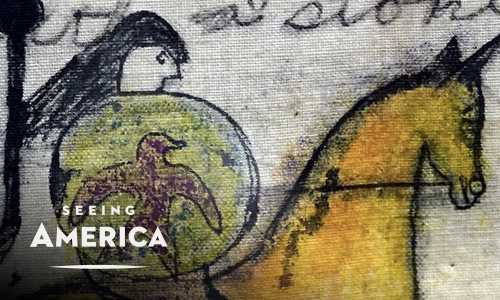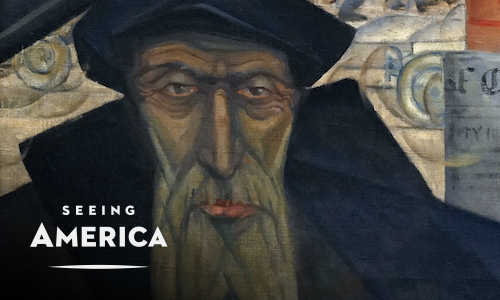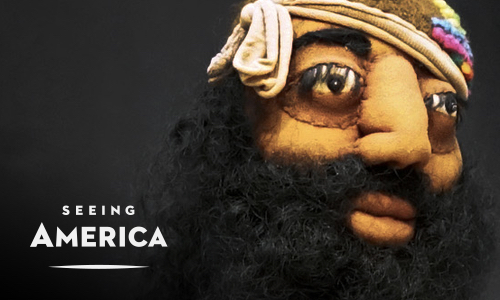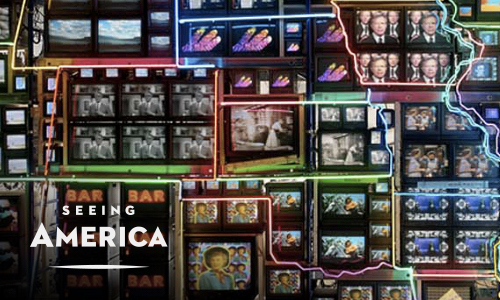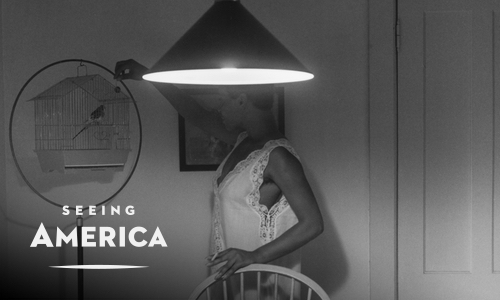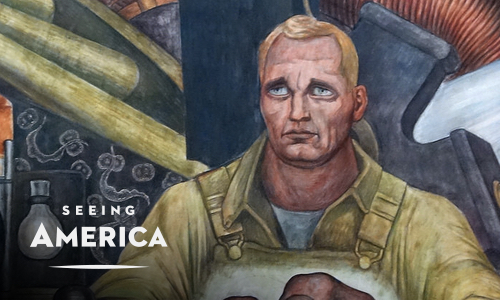Seeing America
A portal to American art and history
Use the tabs below to sort Seeing America content by theme, historical period, and classroom topic or view all Seeing America content here.
American and national identity
The phrase "We the People" may be only three words, but it is a complicated and ever-shifting expression.
Work, exchange, and technology
From the silver used to make colonial sugar bowls to the steel used in submarines—how work, exchange, and technology have shaped the United States.
Geography and the environment
Explore the role of geography and both the natural and human-made environments on social and political developments.
Migration and settlement
Explore how the various people who moved to and within the United States both adapted to and transformed their new environments.
Politics and power
From the humble taproom to national television, political parties have vied for power since the 18th century.
American and regional culture
How and why have national, regional, and group cultures developed and changed and how has culture shaped government policy and the economy?
Social structures
Social categories and roles are always changing. How do these shape government policy, culture and people’s lives?
America in the world
The American colonies have transitioned from being mere foreign holdings of European superpowers, to being perhaps the preeminent superpower of our own
Before 1607
Native Americans were used to difference — there were more than 300 languages spoken in North America alone.
1607–1754
With the seventeenth century came European settlers, slavery in America, and tensions between British and French forces.
1754–1800
The Revolutionary War, the Declaration of Independence, and the birth of the two-party system..
1800–1848
Americans looked to define the nation’s identity, independence, and their ideals in the nineteenth century.
1848–1877
The United States extended its territories, fought a civil war, and violently persecuted African and Native Americans.
1877–1898
A period of technological and commercial success, the Gilded Age was also an era of immense social problems.
1898–1945
This era began with promises of technological improvement and uncertain steps into global engagement and ends with world war and the sublime power of technological destruction.
1945–1980
In the unstable postwar world, the United States' involvement in global conflicts had far-reaching consequences, while at home, social activism, popular culture, and the American Dream broke new ground.
1980–now
It's never been harder to define "art" than it is today, but one thing is certain — artists are always having a conversation with the time they live in.
Native America before colonization
America had large cities (some with pyramids) connected by trade networks long before the arrival of Europeans.
European colonies in the Americas
We often think about the history of the United States as linked with Britain, but what about the Spanish, Dutch and French?
From slavery to civil rights
American art shows us the reality and effects of racism and slavery, and often points the way to social justice.
The American Revolution and Early Republic
From a renegade colony to the early years of the United States. What did this transitional period look like?
Native American culture, 1500–present
Native American art has always been part of the history of the United States.
The U.S. Civil War in art
Though the Civil War began in 1861, its roots go back decades, and its effects continue to be felt today.
The Frontier, Manifest Destiny, and The American West
The expansion of the United States and the removal of Native Americans were bound up in the idea of Manifest Destiny.
Immigration
The United States is a country of immigrants, but the issue of immigration has long divided its citizens.
City and country
We think about the city and the country as opposites, but they have more to do with one another than you would expect.
Cold War, media, and popular culture
Artists during this period asserted their individuality, but also brought mass-produced objects and mass media into their art.
Teaching guides
Guides to help your students explore works of art as primary documents
All teaching guides for Seeing America

